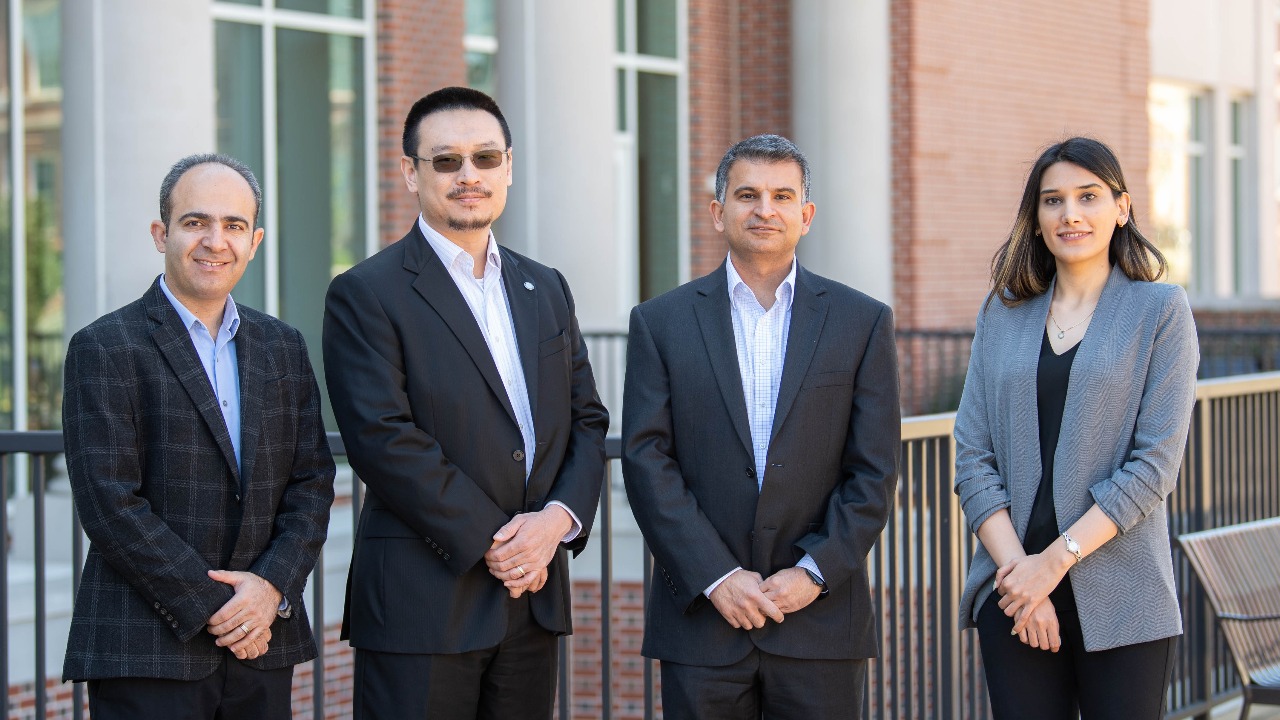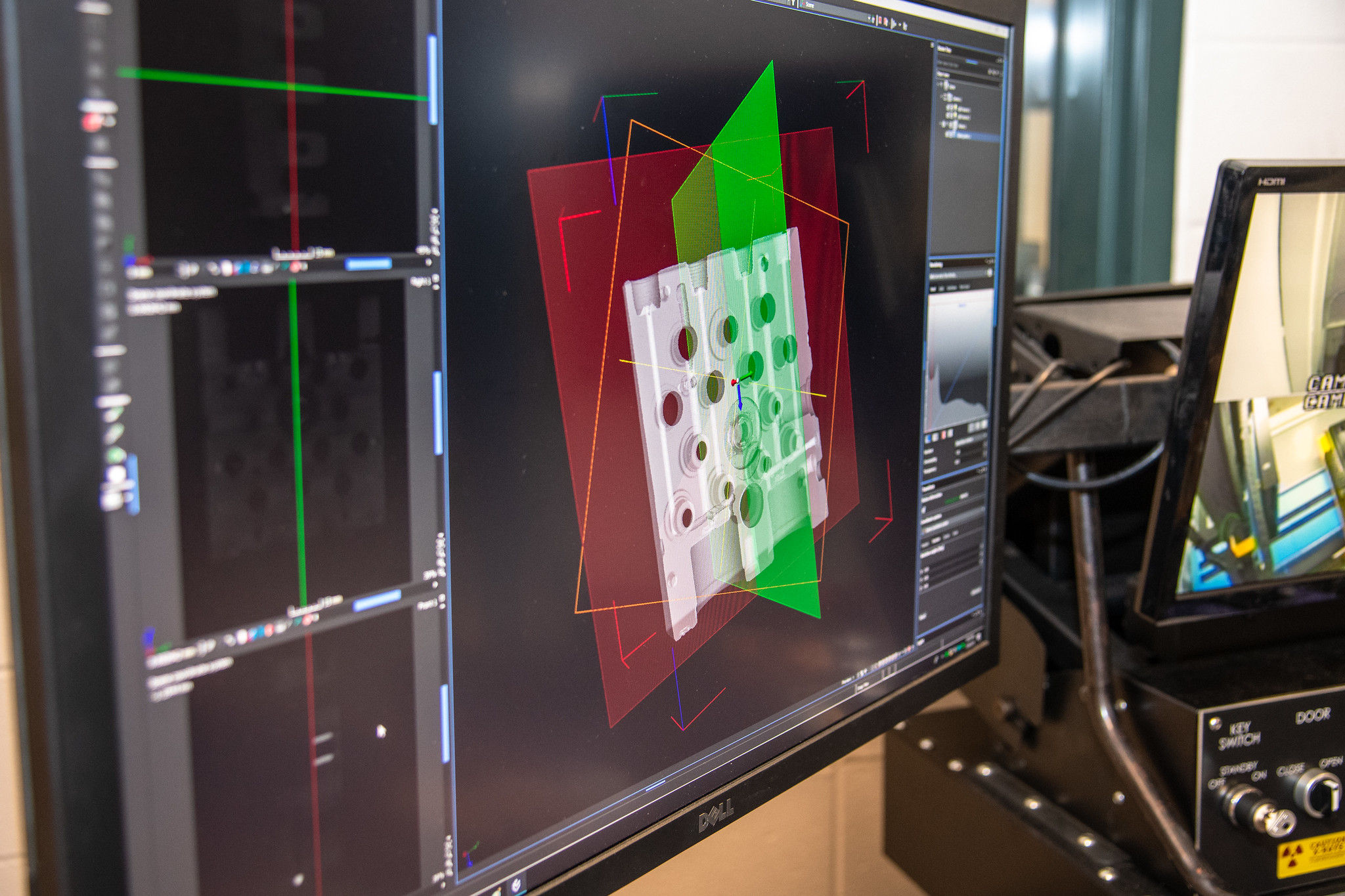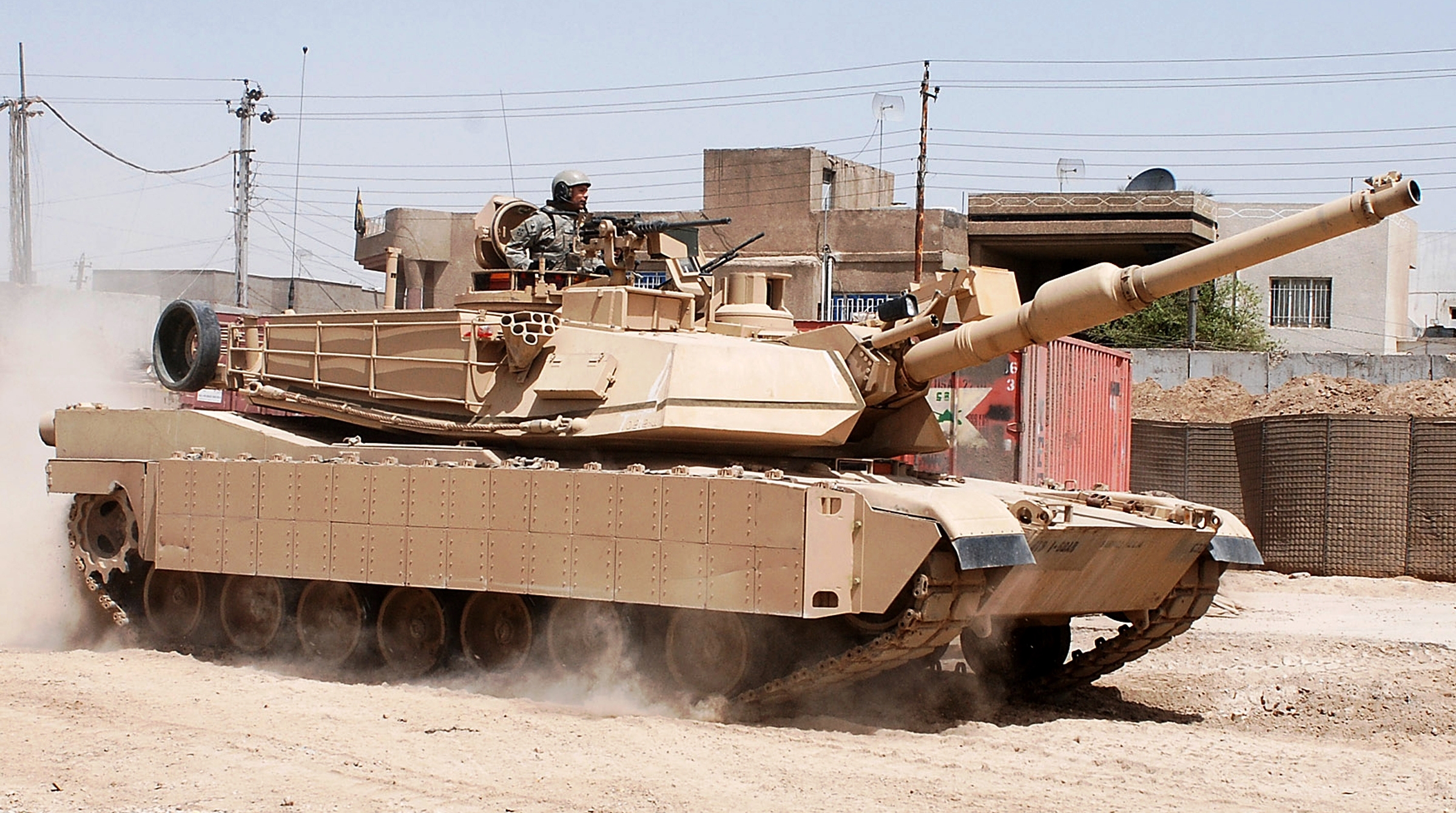The National Center for Additive Manufacturing Excellence (NCAME) at Auburn University has received a new $4.3 million grant from the US Army to help build the future of US combat readiness.
With the grant, NCAME will initiate a two-year project with the goal of furthering the adoption of 3D printing within Army operations, focusing on materials, parts, and process qualification.
“Material variation is what I call the ‘Achilles heel’ of additive manufacturing,” said Nima Shamsaei, NCAME Director and project principal investigator. “It can make the qualification and certification of additively manufactured materials and parts challenging.”

Additive manufacturing at NCAME
Since its inception in 2017, Auburn University’s NCAME has been involved in numerous projects to advance the adoption of AM in critical sectors such as defense and aerospace. The center is also one of the founding partners of the ASTM International Additive Manufacturing Center of Excellence (ASTM AM CoE) which aims to reduce gaps in 3D printing standards and workforce gaps.
Previously, the center has been awarded a $5.2 million contract from NASA to help improve the performance of liquid rocket engines through 3D printing, and has also designed an X-ray CT scanner for the non-destructive testing of 3D printed mission-critical aerospace components.
In 2020, NCAME received a $3 million grant from the Federal Aviation Administration (FAA) to explore the production of 3D printed metal components for commercial aircraft. Over the course of the project, the NCAME engineers have been exploring 3D printing processes and materials to fine-tune the parameters required to print end-use parts for the aviation sector.

Furthering AM adoption for defense
NCAME’s new partnership with the US Army will focus on improving the materials, parts, and process qualification necessary for furthering the implementation of 3D printing within the Army’s operations.
Integral to this vision is ensuring the consistency and transferability of process output among numerous 3D printing systems, which the NCAME team hopes to achieve through artificial intelligence (AI) and machine learning (ML) techniques.
“Machine learning will help us establish structure-property relationships in a much more comprehensive way, which is somewhat transferable among platforms,” said Elham Mirkoohi, Co-principal Investigator and Assistant Mechanical Engineering Professor at NCAME.
The center will leverage simulation and ML tools to better understand the role of microstructures and defects on the mechanical properties of 3D printed parts. This understanding will reduce the need for extensive experimentation during the project through establishing “equivalency”, and provide more innovative means of generating materials data.
From the US Army’s point of view, the project with NCAME will be crucial to further integrate additive manufacturing into its modernization and sustainment efforts.
“The research being conducted here at Auburn is important to the Army because additive manufacturing is going to provide two different capabilities,” said Maj. Gen. Darren Werner, Commanding general of the US Army Tank-automotive and Armaments Command (TACOM).
“It’s going to give us capability in our organic industrial base to integrate advanced manufacturing techniques, and it’s also going to provide deployability of advanced manufacturing that we can potentially move into a forward location to produce and repair parts for our combat systems.”

US Army’s 3D printing adoption
The US Army has been exploring how additive manufacturing can advance its mission-critical defense operations for some time, an intention reinforced by the recent unveiling of the Department of Defense’s (DoD) first official 3D printing strategy last year.
To this end, the Army has awarded numerous contracts to 3D printing firms, universities, and research centers to find ways to incorporate the technology into its operations.
For instance, Senvol has received a contract to apply its ML software for the design and qualification of 3D printed missile parts, while General Lattice has been contracted to improve the impact absorption of the Army’s combat helmets using 3D printing and advanced lattice geometries.
Other projects involve leveraging additive manufacturing to advance research into hypersonic flight, enabling on-demand spare part production in the field, and improving the reliability of metal 3D printing processes for defense applications.
Subscribe to the 3D Printing Industry newsletter for the latest news in additive manufacturing. You can also stay connected by following us on Twitter and liking us on Facebook.
Looking for a career in additive manufacturing? Visit 3D Printing Jobs for a selection of roles in the industry.
Subscribe to our YouTube channel for the latest 3D printing video shorts, reviews, and webinar replays.
Featured image shows left to right: Co-principal investigators professors Masoud Mahjouri-Samani, Shuai Shao, Nima Shamsaei and Elham Mirkoohi. Photo via Auburn University.


